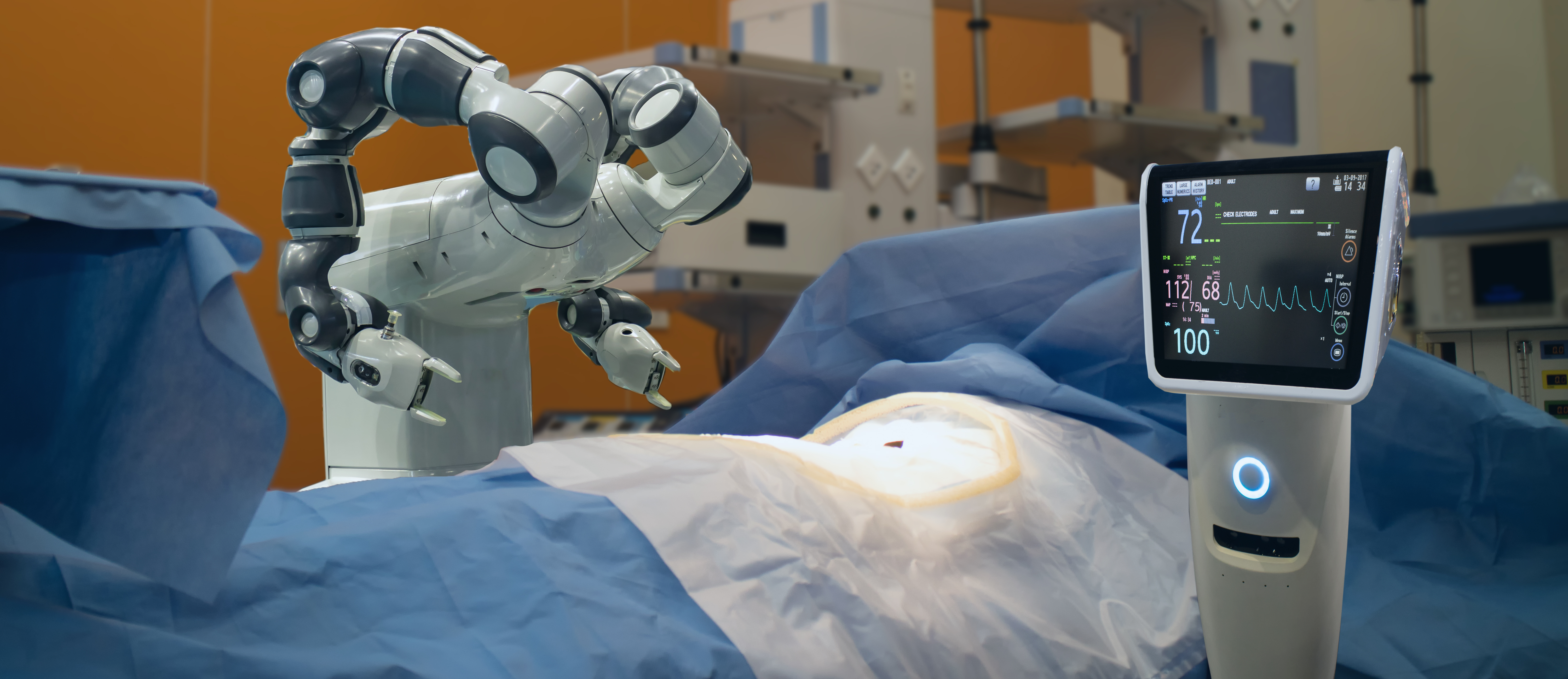
Anyone who suffers from chronic back pain knows it can be a vexingly difficult condition to diagnose.
Why? Well, for starters, if you’ve spent any time looking at an MRI of your spine, or studied the area in any depth at all, you know the spine is more than an organ and certainly more than simply a series of bones.
As Dr. Thomas Mroz, Director of the Center for Spine Health at Cleveland Clinic, recently summed up the challenge, “Two people can have identical-looking imaging studies but they’re different in terms of pain and function. There are many variables that influence back pain.”
And with those variables often comes provider disagreement. For example, a recent national survey of U.S. spine surgeons conducted by Cleveland Clinic “found high rates of disagreement on the management of two common spinal conditions: 69 percent disagreement for recurrent lumbar disk herniations and 75 percent for lower back pain.”
Enter AI, with its unmatched capacity for considering large amounts of data in a short period time, which could go a long way toward helping providers diagnose complicated spine issues and provide relief to back pain sufferers along the way.
“When I’m in an exam room with a patient, it’s difficult to reconcile the hundreds of data points in the records that influence how a patient will perceive their outcome and to render a truly informed decision for that patient,” Dr. Mroz said.
In an attempt to streamline that decision-making process, an AI-driven decision platform is under development in Cleveland Clinic’s Center for Spine Health, and researchers recently reported an analysis “indicating that use of this AI platform across a historical cohort of lumbar laminectomy patients at Cleveland Clinic would have improved the cohort’s clinical success rate by 50 percent and lowered total treatment costs.”
The work done on the AI system so far allows doctors to predict how satisfied a patient will be with a particular treatment one to two years down the road.
As for next steps, Cleveland Clinic researchers have embedded elements of the AI platform into the organization’s electronic medical record and daily provider routines via predictive displays and prompts.
“This increases the chances of a more accurate diagnosis and allows us to choose the best treatment with the highest probability of a good outcome,” Dr. Mroz said.


